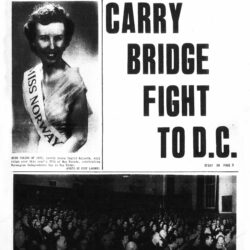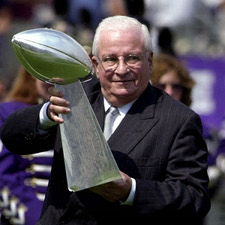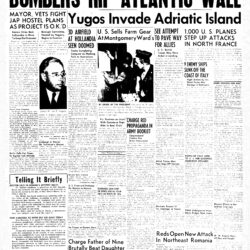
Brooklyn-born Art Modell, former Ravens owner, dies at 87

Art Modell, former Ravens owner
Former Baltimore Ravens owner Art Modell, 87, who was born and grew up in Brooklyn, died early Thursday.
The longtime NFL stalwart incurred the wrath of Cleveland fans when he moved the team from Ohio and admittedly tarnished his own legacy as a civic leader.
Born June 23, 1925, in Brooklyn, Modell dropped out of high school at age 15 and worked in the Brooklyn Navy Yard cleaning out the hulls of ships to help out his financially strapped family after the death of his father.
Leave a Comment
Leave a Comment


